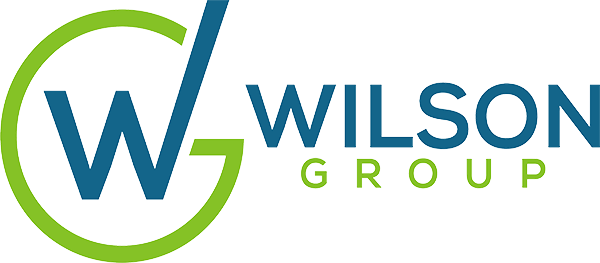Much has been researched and written about the attributes that attract, retain and engage employees. Most recently this was covered in detail by Daniel Pink in his book Drive. These are commonly found to be work challenge, empowerment, and project responsibility. As a result, many organizations focus on these attributes in enhancing employee engagement.
However, research on hourly employees finds that hourly employees often have unique needs, expectations and preferences compared to professional or managerial employees. The following top eight attributes have been found to be most valued by highly performing hourly employees:
- Base pay – internal equity as well as competitiveness with the market
- The quality of the manager
- Retirement benefits
- Health benefits and work-life programs
- Recognition and appreciation – by one’s immediate manager, peers and executive management
- Work environment – work tools, cleanliness, equipment, safety
- Development and job-progression opportunities
- Work-life balance – work hours, location, vacation policies, child care, wellness programs, etc.
These identified preferences are not static, as they change with the employee’s experience, age and personal circumstances.
For organizations trying to improve employee engagement and/or develop a philosophy and strategy for rewards and recognition, there is a decision to be made: blend the needs of their total workforce or address hourly versus salaried employee needs. We tend to see the differentiated approach in organizations with a significant hourly population or appreciate the impact hourly employees have because they are in roles that are critical to the success of the business, such as employees with direct contact with the customers or products. Although having similar programs is more efficient to administer, different programs within a generally consistent framework can create significant performance benefits for the organization.
Some steps that organizations take to determine their approach include:
- Surveying the hourly or total workforce and ask them to rank their preferences in pay and benefits. For example, if you do not have a performance based program for hourly base pay increases, ask employees if they prefer to get the same increase as all employees or receive a higher increase/higher pay based on performance.
- Conducting focus groups with participants of diverse demographics but high performing employees. Understand what they like about the current compensation and benefit programs and what could be improved.
- Interviewing managers to understand what tools they need or are using to engage their employees and how they may be similar or different between types of employees. Some of the best practices are internal to an organization.
- Confirming management and cultural understanding and support of differences in needs.
- Understanding the capabilities of systems solutions to effectively administer new or different programs.
